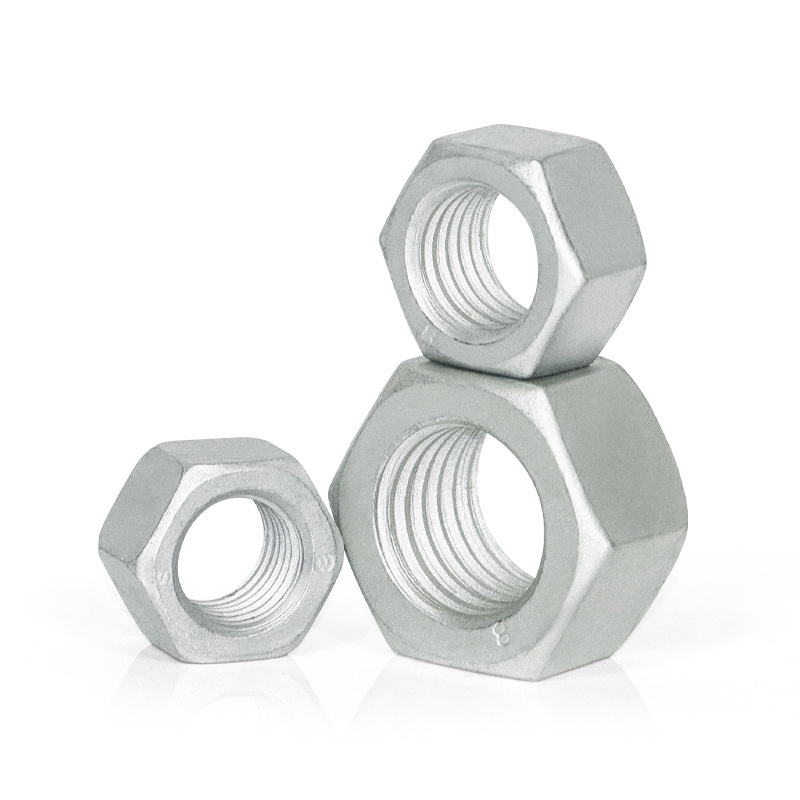

Understanding Metric Threaded Rods for Various Applications and Uses in Engineering
ธ.ค. . 03, 2024 16:53 Back to list
Understanding Metric Threaded Rods for Various Applications and Uses in Engineering
Understanding Metric Threaded Rods Applications and Advantages
Metric threaded rods are essential components in various engineering and construction applications. These rods, characterized by their continuous threads along the length, serve as versatile fasteners that can be used in countless situations. Understanding their properties, applications, and advantages can help professionals select the right materials for their projects.
What are Metric Threaded Rods?
Metric threaded rods are elongated pieces of metal that have a continuous thread along their entire length. They are typically made from materials like steel, stainless steel, or plastic, depending on the application requirements. The threads on these rods are designed according to specific metric standards, such as ISO metric threads, which define parameters like pitch, diameter, and tolerances. This standardization allows for reliable compatibility with various nuts, washers, and other fastening components.
Applications of Metric Threaded Rods
Metric threaded rods are widely used in both industrial and consumer applications. Some common uses include
1. Construction In the construction industry, these rods are used for anchoring structures, fixing beams, or assembling scaffolding. Their strength and durability make them ideal for heavy-duty applications.
2. Machinery and Equipment Many machines rely on threaded rods for structural support and functioning. They can be found in manufacturing equipment, automobiles, and even household appliances.
3. DIY Projects For enthusiasts and builders, metric threaded rods are often utilized in various DIY projects. From creating furniture to constructing shelves, these rods provide an effective means to securely connect components.
4. Agricultural Equipment In agriculture, they can support or connect different pieces of machinery, ensuring that parts work together effectively.
metric threaded rod

Advantages of Using Metric Threaded Rods
There are numerous advantages to using metric threaded rods over other fastening methods
1. Standardization The metric system is used globally, which means that metric threaded rods are compatible with a wide range of tools and components. This universal standardization simplifies procurement and assembly processes.
2. Versatility These rods can be easily cut to the desired length and paired with various sizes of nuts and bolts, making them highly adaptable for different projects.
3. Strength Made from materials like high-grade steel, metric threaded rods offer exceptional tensile strength, capable of withstanding significant loads. This property makes them particularly suitable for heavy-duty applications.
4. Ease of Installation They can be installed quickly and easily using standard tools, allowing for efficient assembly and disassembly in cases where modifications or repairs are needed.
5. Cost-Effectiveness With their durability and low maintenance requirements, metric threaded rods present a cost-effective solution in the long run.
Conclusion
In summary, metric threaded rods are indispensable in various industries due to their strength, versatility, and compatibility with existing standards. Whether in construction, manufacturing, or everyday DIY projects, these components play a vital role in ensuring structural integrity and functionality. By understanding their properties and applications, professionals can make informed decisions when selecting materials for their projects, ultimately enhancing the quality and reliability of their work. As the demand for efficient and standardized fastening solutions continues to grow, metric threaded rods will remain a cornerstone in diverse engineering applications.
Latest news
-
Hot Dip Galvanized Bolts-About LongZe|High Strength, Corrosion Resistance
NewsJul.30,2025
-
High-Strength Hot Dip Galvanized Bolts - Hebei Longze | Corrosion Resistance, Customization
NewsJul.30,2025
-
Hot Dip Galvanized Bolts-Hebei Longze|Corrosion Resistance&High Strength
NewsJul.30,2025
-
High-Strength Hot-Dip Galvanized Bolts-Hebei Longze|Corrosion Resistance&High Strength
NewsJul.30,2025
-
Hot Dip Galvanized Bolts-Hebei Longze|Corrosion Resistance&High Strength
NewsJul.30,2025
-
Hot Dip Galvanized Bolts - Hebei Longze | Corrosion Resistance, High Strength
NewsJul.30,2025

